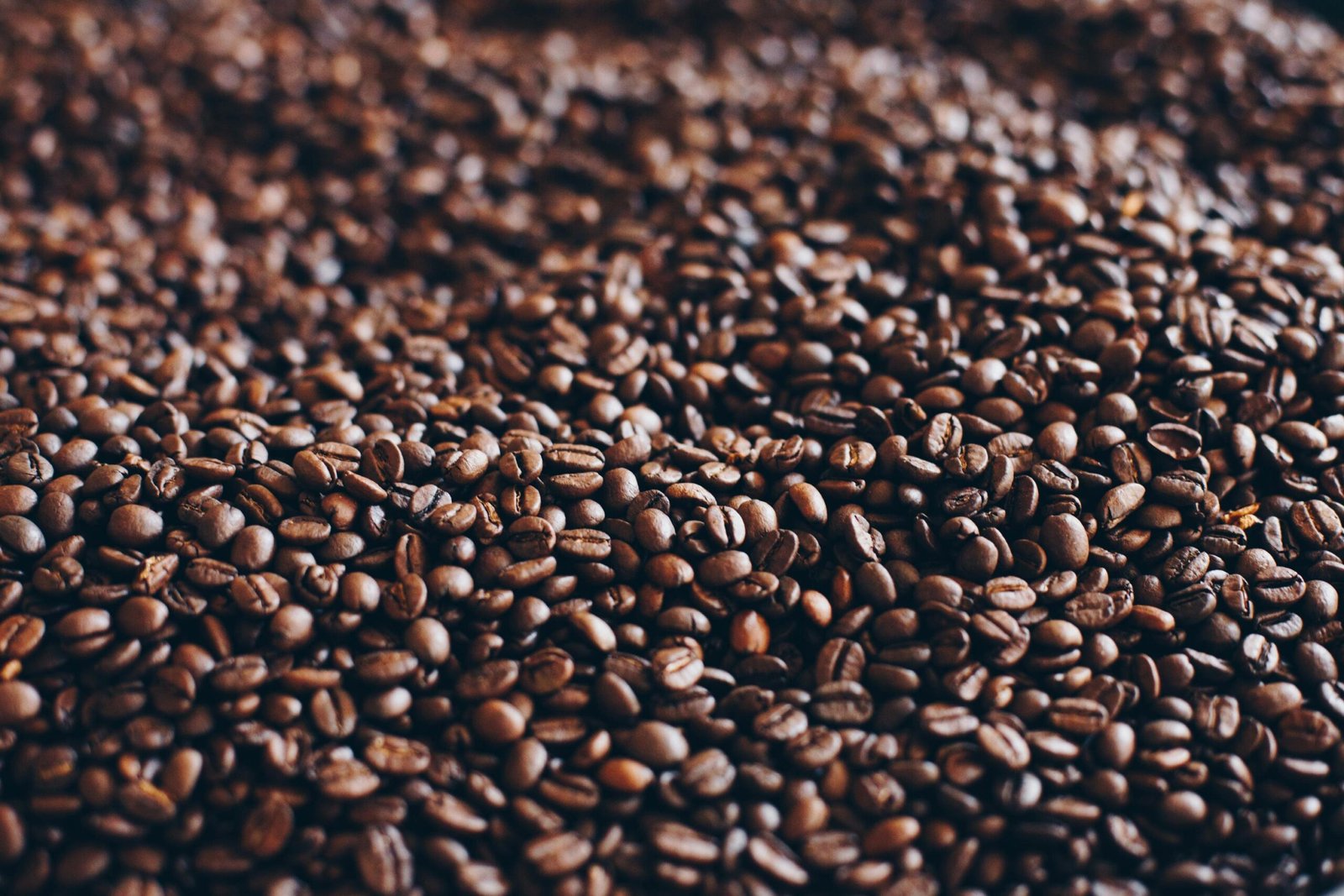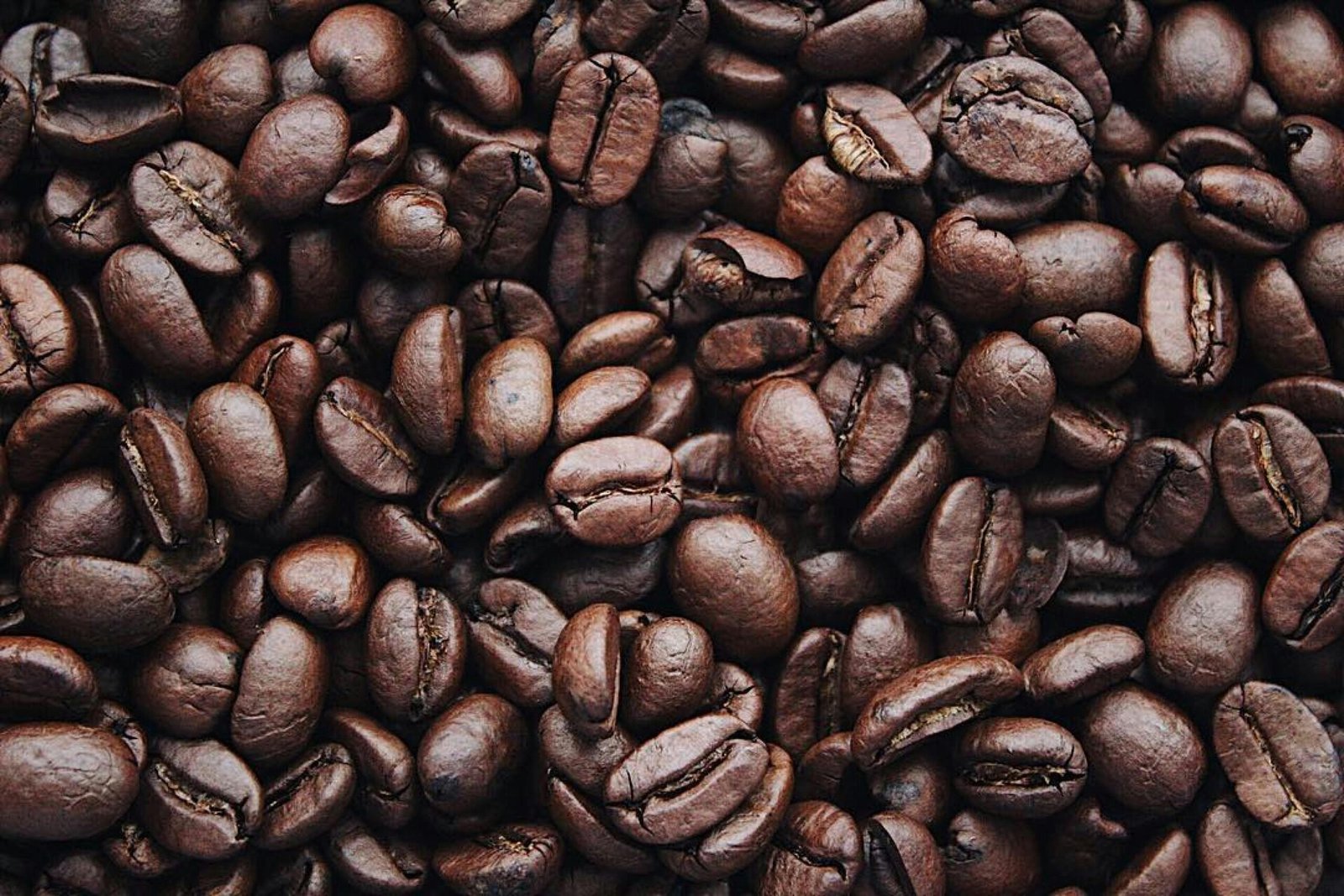Ah, coffee – the lifeblood of millions, the morning pick-me-up, the fuel that keeps us going. But have you ever wondered what goes into getting that aromatic, steaming cup of java from the bean to your brew? In this article, we’ll take a deep dive into the fascinating statistics of the coffee industry, from global market trends to the intricacies of growing, harvesting, roasting, and brewing the perfect cup. So, grab your favorite mug, and let’s get started!
The Global Coffee Market
Coffee Consumption
Coffee is the second-most traded commodity in the world, only surpassed by crude oil. It’s estimated that around 2.25 billion cups of coffee are consumed worldwide every day. The average American consumes 3.1 cups of coffee daily, making the United States the largest consumer of coffee, followed by Brazil and Germany.
Top Coffee-Producing Countries
Brazil is the world’s leading coffee producer, accounting for approximately 37% of global production. Vietnam comes in second with a 17% share, while Colombia, Indonesia, and Ethiopia round out the top five.
Market Share by Company
The coffee industry is dominated by a few major players, with Nestlé, Starbucks, and JAB Holding Company (owner of brands like Keurig, Peet’s, and Caribou Coffee) controlling a significant portion of the market.

Growing the Beans
Types of Coffee Plants
There are two main species of coffee plants that produce the beans we consume: Coffea arabica and Coffea canephora, more commonly known as robusta. Arabica beans make up about 60-70% of global coffee production and are generally considered to produce a higher quality, more flavorful cup.
Robusta beans, on the other hand, are more disease-resistant and easier to grow, but yield a less refined taste.
The Growing Process
Coffee plants typically take 3-4 years to mature and begin producing fruit, known as cherries. Each cherry contains two coffee beans, surrounded by a protective layer called the parchment. The cherries are harvested once they reach a ripe red color.
Optimal Conditions
Coffee plants thrive in tropical regions with abundant rainfall, high altitude, and rich, well-drained soil. The ideal temperature range for coffee cultivation is 60-70°F, with a preference for volcanic soil.
Harvesting and Processing
Handpicking vs. Machine Picking
There are two primary methods of harvesting coffee cherries: handpicking and machine picking. Handpicking is labor-intensive but allows for better selection of ripe cherries, resulting in a higher-quality final product. Machine picking is more efficient and cost-effective but may lead to a mix of ripe and unripe cherries.
Wet Processing
Wet processing involves removing the outer pulp from the cherries and then fermenting the beans to break down the remaining mucilage. After fermentation, the beans are washed, dried, and then milled to remove the parchment layer. This method typically produces a cleaner, brighter flavor profile in the finished coffee.
Dry Processing
In dry processing, the cherries are spread out in the sun to dry, with the fruit and parchment remaining intact. This process can take several weeks and requires constant monitoring to ensure even drying. The beans are then mechanically hulled to remove the dried fruit and parchment. Dry-processed beans often exhibit a heavier body and more complex flavor profile compared to wet-processed beans.

Roasting the Beans
Roast Profiles
Roasting is what transforms green coffee beans into the aromatic, flavorful beans we know and love. Roast profiles range from light to dark, with varying degrees of acidity, body, and flavor complexity. Light roasts preserve more of the bean’s natural flavors, while darker roasts develop richer, bolder flavors.
The Roasting Process
During roasting, beans undergo a series of chemical reactions, including the Maillard reaction and caramelization, which create the complex flavors associated with coffee. The process typically involves heating the beans in a rotating drum at temperatures between 350-450°F for 8-20 minutes, depending on the desired roast level.
DIY vs. Commercial Roasting
While commercial roasters use large-scale equipment to roast beans in bulk, many coffee enthusiasts have taken up home roasting as a hobby. This allows for greater control over roast profiles and the ability to experiment with different beans and techniques.
Grinding and Brewing
Grinding Methods
There are two main types of coffee grinders: burr and blade. Burr grinders provide a more consistent grind, which is essential for brewing methods that require precise particle size, like espresso. Blade grinders are less expensive but produce a less uniform grind, which can result in uneven extraction during brewing.
Brewing Techniques
From pour-over to French press, espresso to cold brew, there’s no shortage of ways to transform coffee grounds into a delicious cup of joe. Each brewing method has its unique characteristics, affecting factors like extraction time, water temperature, and coffee-to-water ratio.
Home vs. Commercial Brewing
While many people enjoy brewing coffee at home using their preferred method, commercial coffee shops and cafes use specialized equipment to ensure consistent, high-quality results.

The Specialty Coffee Market
What Makes Specialty Coffee
Specialty coffee refers to beans that have been carefully sourced, processed, and roasted to highlight the unique flavors inherent in the bean’s origin and variety. These coffees often score 80 points or higher on a 100-point scale used by professional tasters, known as cupping.
The Third Wave
The “Third Wave” of coffee is a movement that emphasizes quality, sustainability, and transparency throughout the coffee supply chain. This has led to a growing interest in single-origin coffees, direct trade relationships, and experimental processing methods.
Global Trends
As consumers become more discerning about their coffee choices, the demand for specialty coffee has grown, with independent coffee shops and roasters experiencing significant growth in recent years.
Environmental and Social Impacts
Deforestation
Coffee cultivation has been linked to deforestation in some regions, as forests are cleared to make way for new coffee plantations. This can lead to habitat loss for wildlife and contribute to climate change.
Climate Change
As global temperatures rise, coffee-growing regions are experiencing shifts in rainfall patterns and increased instances of pests and diseases. This could threaten the long-term viability of coffee production in some areas.
Fair Trade and Ethical Sourcing
In response to concerns about the environmental and social impacts of coffee production, certification programs like Fair Trade and Rainforest Alliance have emerged. These organizations promote ethical and sustainable practices, such as fair wages for farmers, shade-grown coffee, and environmentally friendly farming methods.

The Future of Coffee
Technological Innovations
Innovations in coffee processing, roasting, and brewing technologies continue to shape the industry, with new developments such as precision grinders, smart espresso machines, and even blockchain traceability systems for supply chain transparency.
Sustainability Efforts
As the coffee industry grapples with the challenges posed by climate change and deforestation, efforts to improve sustainability are becoming increasingly important. Some initiatives include the promotion of agroforestry, carbon-neutral roasting facilities, and investments in research to develop more climate-resilient coffee varieties.
Emerging Markets
As coffee consumption continues to grow, new markets are emerging, particularly in Asia and the Middle East. These regions are seeing an increase in coffee shop culture, providing new opportunities for coffee producers and roasters worldwide.
Conclusion
From bean to brew, the coffee industry is a complex, ever-evolving global market. As consumers become more knowledgeable and invested in the origins and quality of their morning cup, the industry is adapting and innovating to meet these demands.
With a continued focus on sustainability, technological advancements, and the growth of specialty coffee, the future of coffee looks both promising and delicious.
Darlene Spencer
I'm Darlene Spencer, a seasoned writer specializing in corporate affairs, business ethics, and leadership. With a keen interest in the intricate dynamics of corporate environments, I delve into topics ranging from corporate news and finance to corporate culture and governance. My background in business and my passion for ethical leadership and effective management drive me to provide insightful analysis and thought-provoking commentary.







